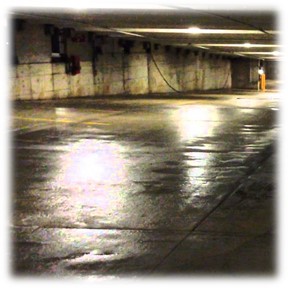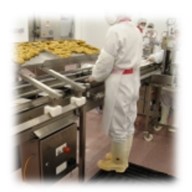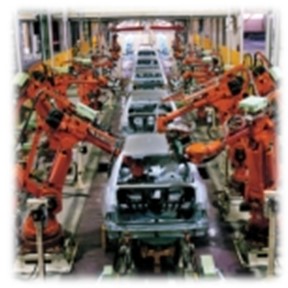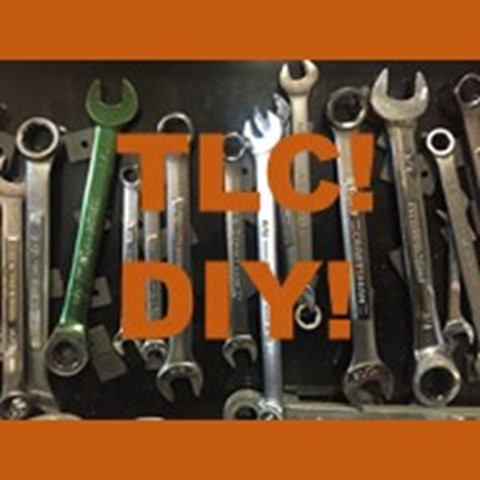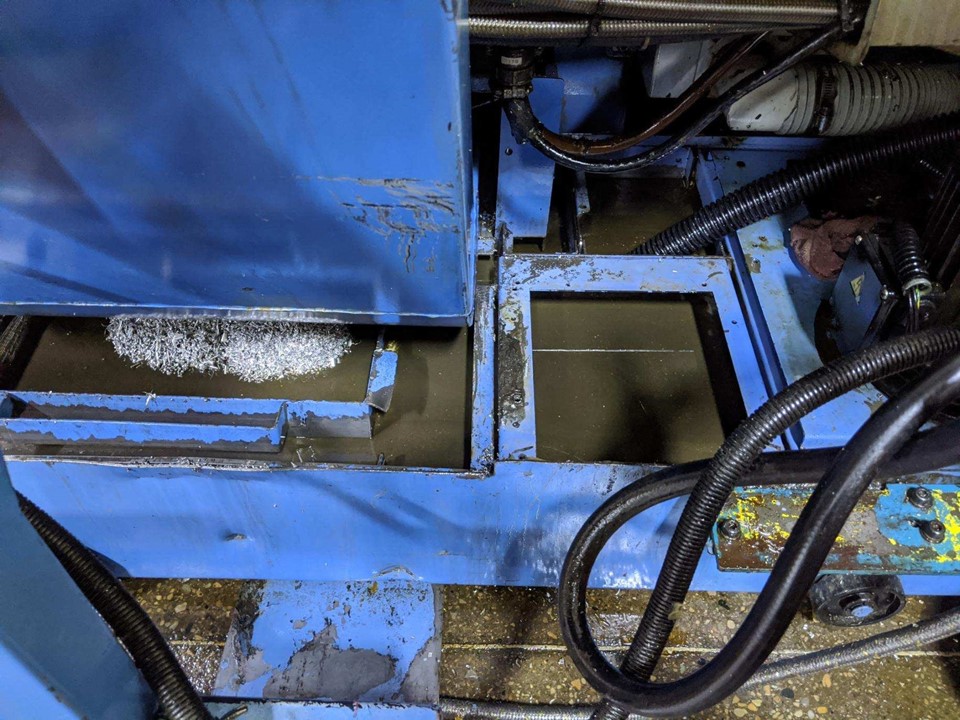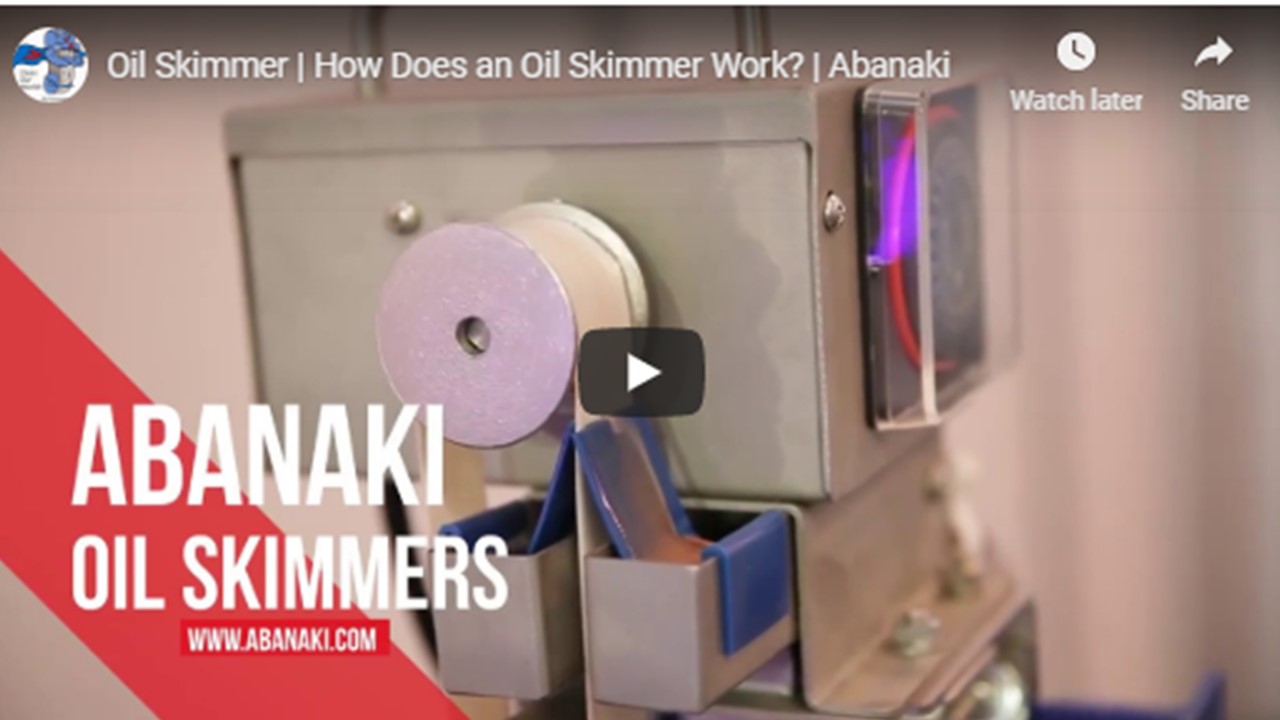The relationship between oil and water in a mixture is well-known and governed by two physical properties:
Specific Gravity
Most hydrocarbons have a lower specific gravity than water. Without agitation, oil separates from the water and floats to the surface. These oils are known as LNAPL’s, Light Non-Aqueous Phase Liquid. Oils (and other compounds) that sink in water have a higher specific gravity and are known as DNAPL’s, Dense Non-Aqueous Phase Liquid.
Surface Tension and Affinity
Normally, oil bonds more tightly to itself and other materials than to water. This affinity, and differences in surface tension between oil and water, cause oils to adhere to a skimming medium.
When properly selected and applied, oil skimmers are highly economical solutions for separating oil from water to allow its reuse or safe disposal. However, there are certain applications that can expect optimal results. Typical applications best suited for oil skimmers encompass wastewater sumps, coolants and cutting fluids, heat treating operations, parts washers, food processing facilities, parking lots, garages, service facilities, outdoor ponds/lakes/basins, recovery/monitoring wells, remediation processes, and many more.
Parking Lots, Garages and Service Facilities
Waste oil leaks, spills and other sources must be retrieved from sumps before water can be discharged to storm or sanitary sewers.
Solution: Depending on the characteristics of the liquid, it is possible for the Model 4 alone to reduce oil content to less than five parts per million in water. The Model 4 utilizes a continuous belt and wiper to remove up to 20 gallons of oil per hour from the fluid surface.
Alternative: Tote It
Outdoor Ponds, Lakes, Basins, Etc.
Where floating oils are present, oil skimmers provide inexpensive and effective removal, solving a serious environmental problem.
Solution: The Abanaki Oil Viper tube skimmer effectively removes floating surface oils by means of a oleophilic (oil attracting) ¾” diameter continuous looped tube. The tube extends out over the surface of the tank or pit and collects the free-floating oils.
To learn more about oil skimmers, please contact our experts at 440-543-7400 or visit our website: www.abanaki.com
In this video, you will see how do different sizes Abanaki oil skimmers work with different media types.


